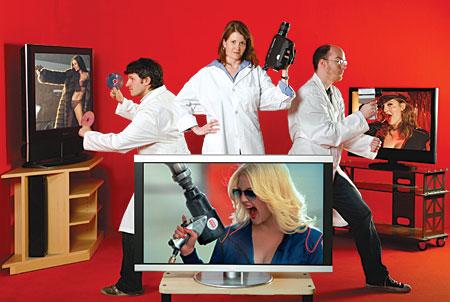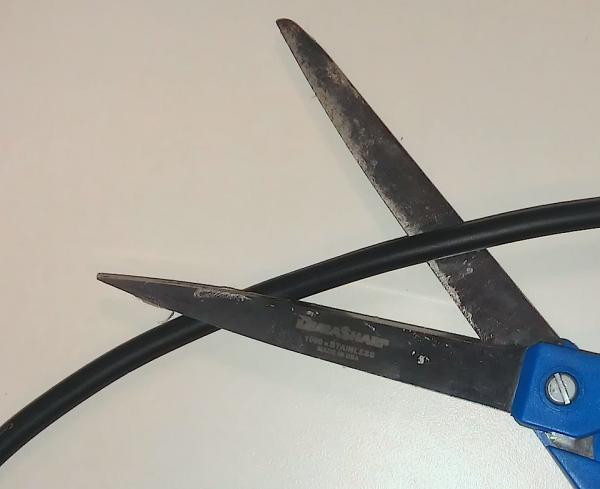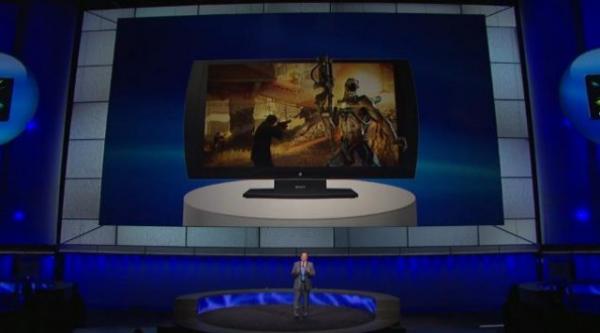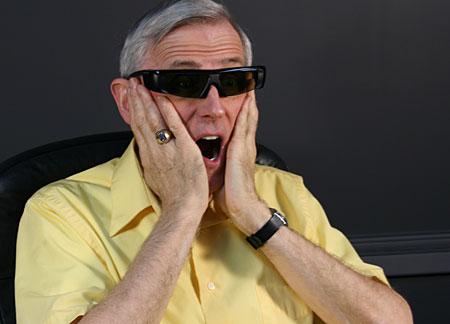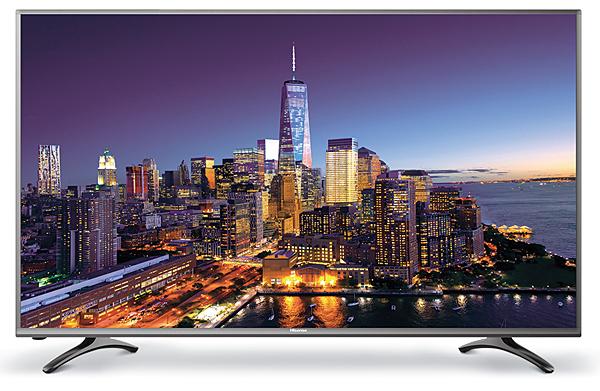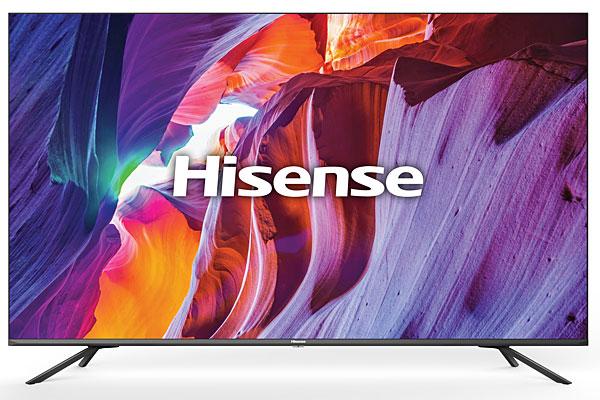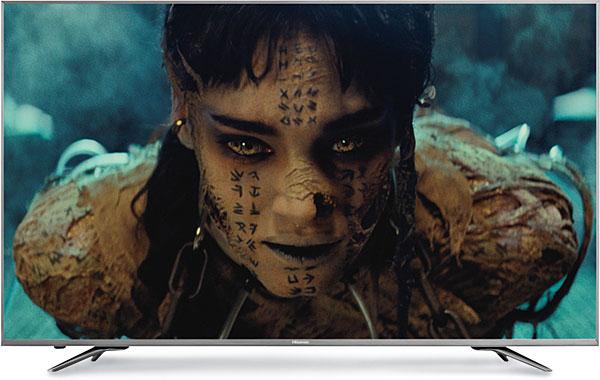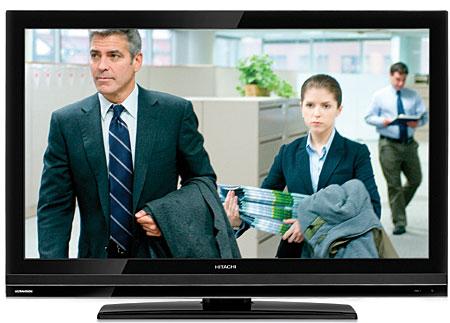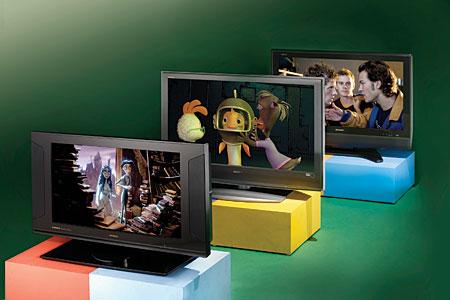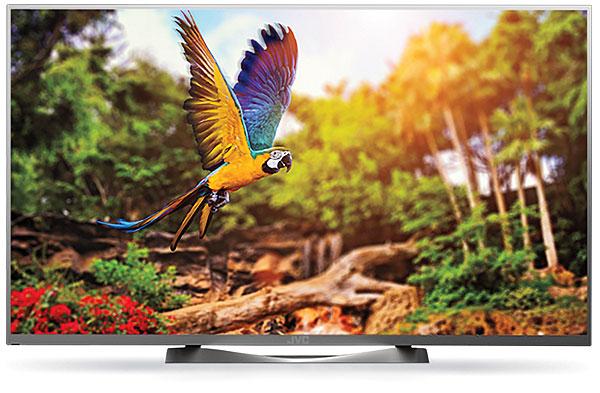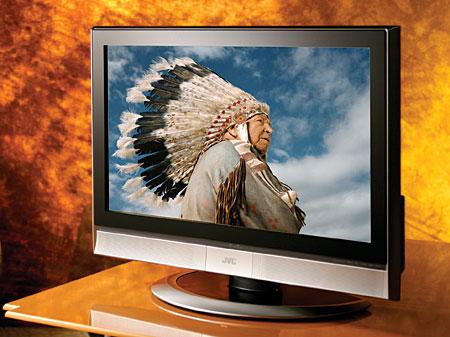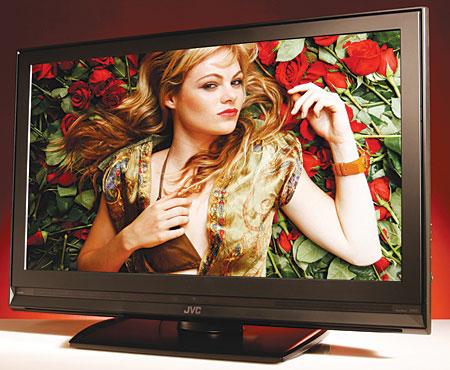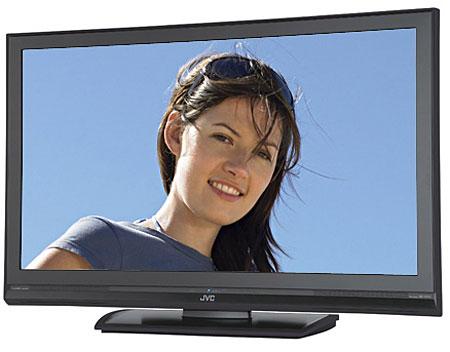LCD TV Reviews
Sort By: Post DateTitle Publish Date
|
Jun 04, 2007 |
First Published: May 04, 2007
|
Dec 14, 2011
|
Apr 05, 2010
|
Nov 02, 2016
|
Jul 15, 2020
|
Dec 04, 2017
|
Jun 13, 2024
|
Jan 02, 2015
|
Oct 15, 2005 |
First Published: Oct 30, 2005
|
Dec 30, 2006 |
First Published: Nov 13, 2006
